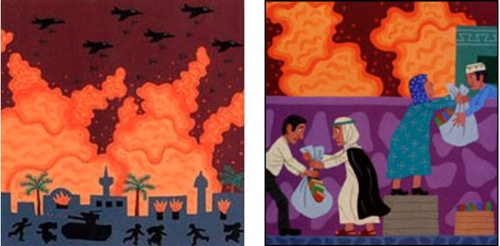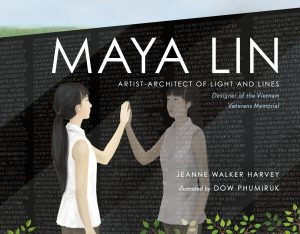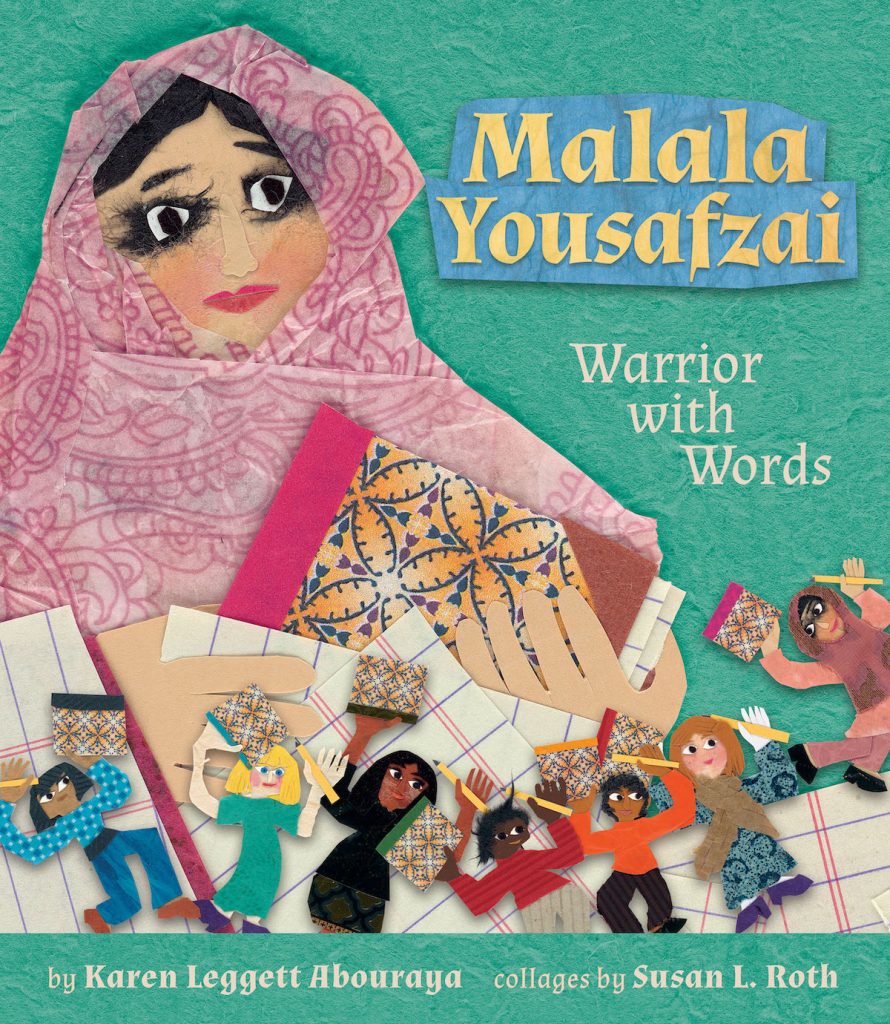By Marie LeJeune, Ph.D. & Tracy Smiles, Ph.D., Western Oregon University

Last week we presented a framework that, as we said, “reflects a mixture of our past experiences as literacy teachers, teacher researchers, and teacher educators, and our current perspectives on literary and pedagogical theories and how they might play out in practice.” We will use this framework to describe and reflect on some of those experiences in K-12 classrooms. Our framework revolves around three main aspects of the literacy invitation — the texts we choose, the literary theories we employ and ground our work within, and the actual pedagogical strategies and methods we engage in with students.
We also discussed how important it is for teachers and researchers to claim a theoretical framework that guides their work — this week’s blog focuses on Marie’s past work with 9th grade students at a time when she was first beginning to grapple with and attempt to adopt tenets of critical literacy within her own classroom practice and pedagogy. Marie was preparing to teach Farewell to Manzanar (Houston, 1973), a required text for the 9th grade students at the high school where she was teaching, and wanted to approach issues of multiple perspectives and issues and concerns related to impacts of war. A recent graduate course in critical literacy had inspired her to more fully embrace texts that offered possibilities for deconstructing issues of social justice and equity. At the same time, she was deeply grounded in her beliefs in the importance of response based pedagogy — of honoring the responses and experiences of individual readers (Rosenblatt, 1938).
Continue reading →




